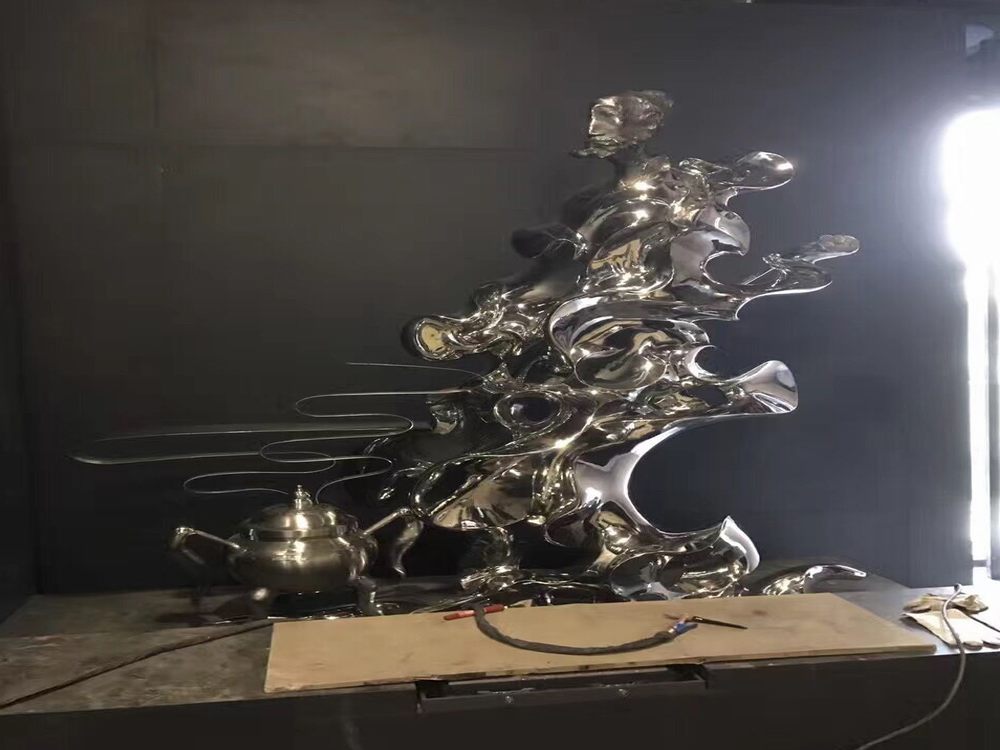
Porcelain sculptures are renowned for their delicate beauty and intricate details, often brought to life through the masterful use of color contrast. Artists employ this technique to create visual depth, draw attention to specific elements, and evoke emotional responses from viewers.
One common method is pairing complementary colors, such as blue and orange or red and green, to make certain features stand out. For example, a sculptor might use a vibrant blue glaze against a warm orange background to emphasize floral patterns or facial expressions. This juxtaposition not only enhances readability but also adds dynamism to the piece.
Another approach involves varying shades and tones within a single color family. By placing light and dark hues side by side, artists create shadows and highlights that mimic natural light, giving the sculpture a three-dimensional effect. This technique is particularly effective in depicting textures like folds in fabric or the subtle curves of a figure.
Artists also use high-contrast color schemes to guide the viewer’s eye. Bold, contrasting colors can direct attention to the focal point of the sculpture, such as a central figure or an ornate detail. Meanwhile, softer contrasts might be used in secondary areas to maintain harmony without overwhelming the composition.
Ultimately, the strategic use of color contrast in porcelain sculptures transforms static forms into vibrant, engaging artworks. By mastering this technique, artists ensure that every detail, no matter how small, contributes to the overall narrative and aesthetic appeal of their creations.

